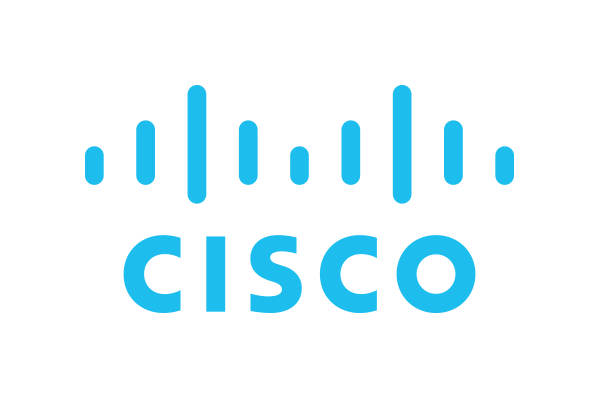reference deployment
Cisco Meraki Virtual MX with AWS Cloud WAN
Automate a global Meraki deployment in multiple AWS Regions
This Partner Solution deploys Cisco Meraki Virtual MX (vMX) with Amazon Web Services (AWS) Cloud WAN to the AWS Cloud. It helps Meraki customers extend their software-defined wide area network (SD-WAN) environment into their existing AWS footprint by automating reachability from their cloud resources to their local branches.
Meraki vMX is a virtualized security and SD-WAN network appliance. This Partner Solution combines AWS Cloud WAN, Meraki APIs, and a serverless mechanism to help automate the deployment of Meraki vMXs in multiple AWS Regions along with route propagation.
Using Meraki AutoVPN, you can connect multiple Meraki branch MXs to AWS regional vMX hubs configured in an active-active pair. All routes learned via AutoVPN are propagated into AWS for a more seamless connectivity from your branch locations to your AWS workloads in any AWS Region. For more information, refer to Automating a Global Meraki Deployment in Multiple AWS Regions.

This Partner Solution was developed by Cisco Systems Inc. in collaboration with AWS. Cisco Systems Inc. is an AWS Partner.
-
What you'll build
-
How to deploy
-
Costs and licenses
-
What you'll build
-
This Partner Solution sets up the following:
- Two highly available transit VPCs in two separate AWS Regions.*
- In each VPC, two Availability Zones that contain a Meraki vMX appliance with internet access via an internet gateway (not shown).
- An AWS Cloud WAN core network that includes the following:
- A core network policy that includes the routing policy (not shown).
- A SD-WAN segment that can be integrated into customer-provided workload segments (not part of this Partner Solution). Routes from each Meraki vMX branch connected via the transit VPCs are propagated throughout the SD-WAN segment for sharing with additional workload segments.
- For each Region deployed, an AWS Cloud WAN core network edge attached to a transit VPC.
- Amazon Step Functions state machine to orchestrate API calls that update the Cloud WAN core network policy with additional branch routes as they are discovered in the Meraki vMX dashboard.
- Amazon EventBridge to send events from each Region to the Step Functions state machine when updates are needed.
- AWS Secrets Manager to store a Meraki vMX API key, which is used by AWS Lambda to access the Meraki dashboard when updating route tables.
- AWS Lambda to accompany Step Functions when updating the core network policy.
* The template that deploys the Partner Solution into an existing VPC skips the components marked by asterisks and prompts you for your existing VPC configuration.
-
How to deploy
-
To deploy Cisco Meraki vMX, follow the steps in the deployment guide, which includes these steps.
- Subscribe to the Meraki vMX Amazon Machine Image (AMI) in AWS Marketplace.
- Prepare your Meraki vMX account.
- Sign in to your AWS account. If you don't have an account, sign up at https://aws.amazon.com.
- Launch the Partner Solution. Before you create the stack, choose the AWS Region from the top toolbar. The stack takes about 30 minutues to launch. Choose from the following options:
- Complete postdeployment steps.
Amazon may share user-deployment information with the AWS Partner that collaborated with AWS on this solution.
-
Costs and licenses
-
This Partner Solution requires a subscription to the Amazon Machine Image (AMI) for Cisco Meraki vMX, which is available on AWS Marketplace. It also requires two Cisco Meraki vMX licenses, which are available from a Cisco Meraki reseller. Additional pricing, terms, and conditions may apply.
You are responsible for the cost of the AWS services and any third-party licenses used while running this solution. There is no additional cost for using the solution.
This solution includes configuration parameters that you can customize. Some of these settings, such as instance type, affect the cost of deployment. For cost estimates, refer to the pricing pages for each AWS service you use. Prices are subject to change.
Tip: After you deploy a solution, create AWS Cost and Usage Reports to track associated costs. These reports deliver billing metrics to an Amazon Simple Storage Service (Amazon S3) bucket in your account. They provide cost estimates based on usage throughout each month and aggregate the data at the end of the month. For more information, refer to What are AWS Cost and Usage Reports?
